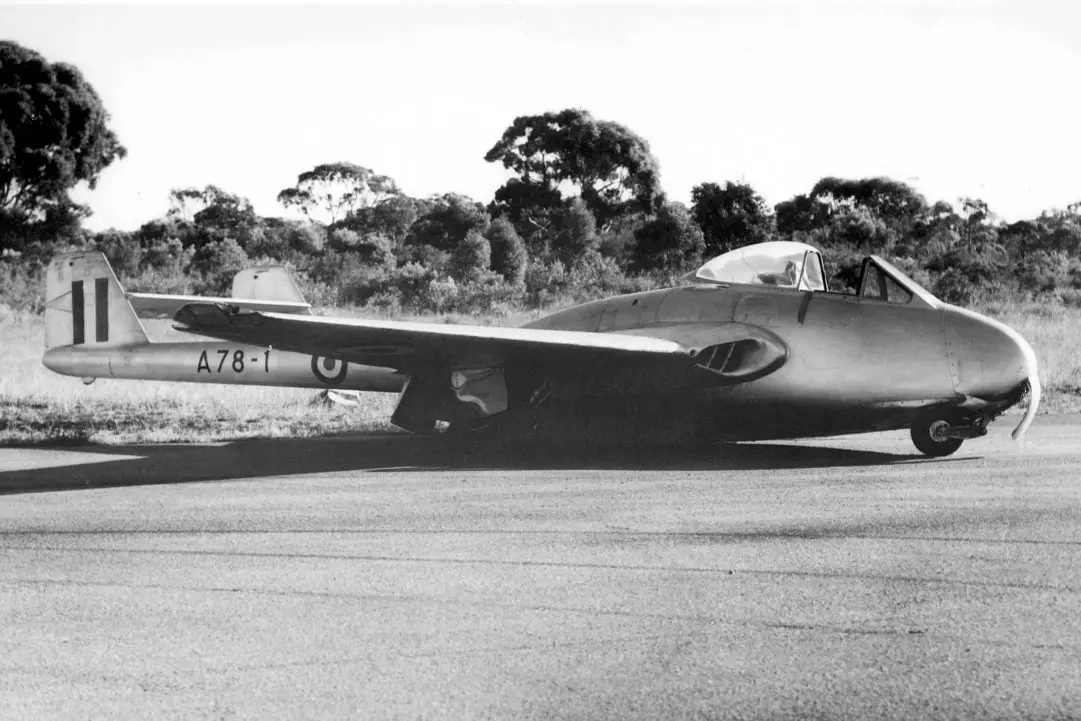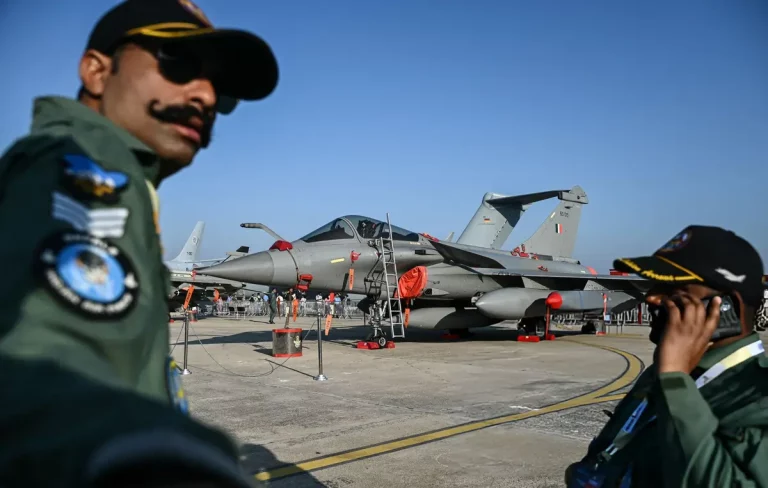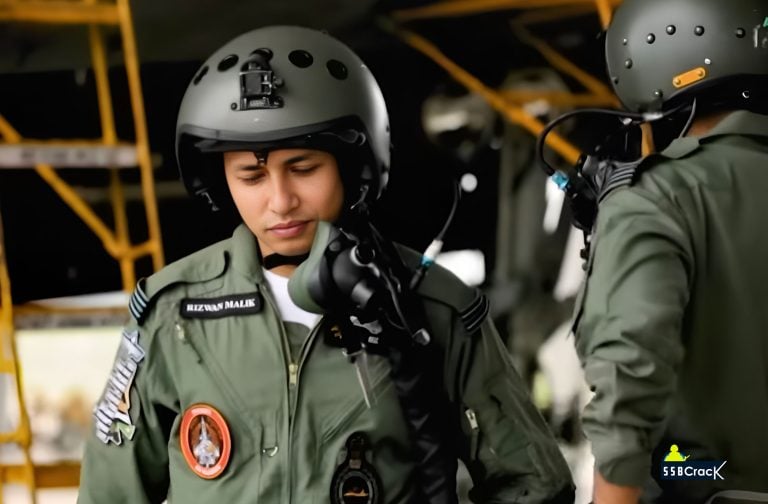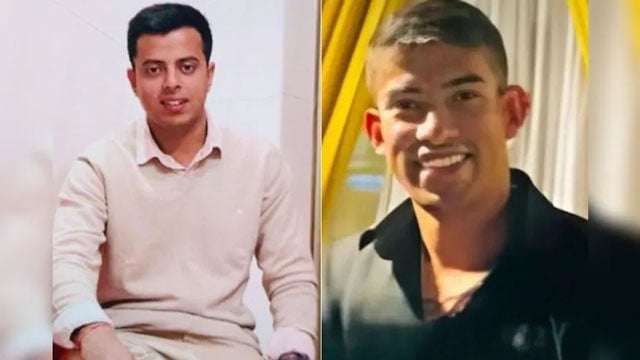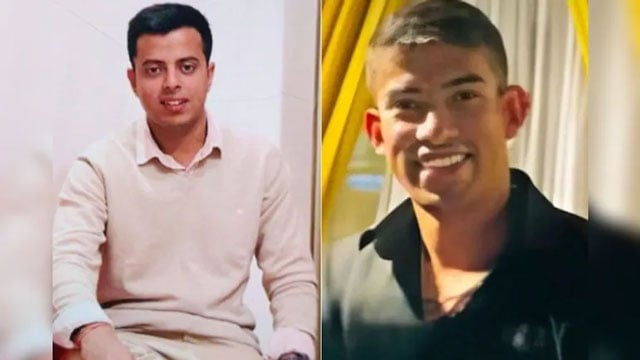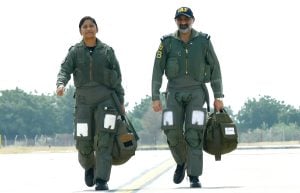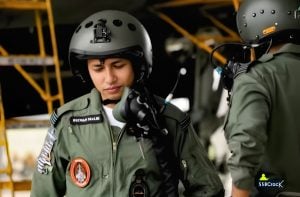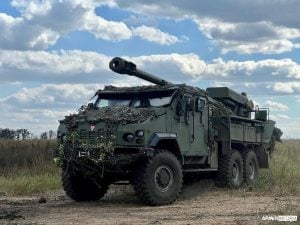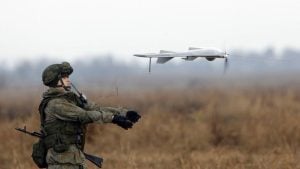India embarked on its journey into the jet age with the introduction of the de Havilland Vampire, a British-designed jet fighter that not only marked a significant turning point in the history of the Indian Air Force (IAF) but also established it as the first air force in Asia to operate jet fighters. The Vampire was commissioned in 1948, just a year after India’s independence, symbolizing a crucial step forward in the nation’s defense modernization efforts.
The de Havilland Vampire was a product of the de Havilland Aircraft Company in the UK, making its maiden flight in 1943. In India, it was produced under license by Hindustan Aeronautics Limited (HAL). The aircraft was characterized by its unique twin-boom tail, a central fuselage nacelle, and powered by a single Goblin turbojet engine. While it lacked advanced avionics such as radar, it was known for its simplicity, ruggedness, compact size, and impressive armament of four 20 mm Hispano cannons, which rendered it highly effective during its era.
The IAF officially inducted the Vampire F.3 into its fleet in 1948, marking a departure from earlier piston-engine aircraft like the Spitfire and Tempest. Over the years, the IAF operated several variants of the Vampire, including the F.3 (day fighter) from 1948 to 1955, the FB.52 (fighter-bomber) from 1950 to 1974, and the NF.10 & NF.54 (night fighters) from 1953 to 1966, as well as the PR.55 (reconnaissance) from 1954 to 1965. Each variant played a distinct role in diverse operational contexts ranging from ground attack missions to night operations and aerial reconnaissance.
The Vampire’s most significant combat operation occurred during the 1965 Indo-Pakistani War. When Pakistan launched Operation Grand Slam in the Chamb sector of Jammu and Kashmir on September 1, 1965, Vampires from No. 45 Squadron were deployed in ground attack roles aimed at stalling the advance of Pakistani armored divisions. Despite their outdated design, the Vampires were able to inflict damage on enemy tanks and fortified positions. However, they faced intense aerial opposition from the more advanced F-86 Sabres of the Pakistan Air Force. These encounters resulted in the loss of four Vampire aircraft and ultimately led to their withdrawal from frontline operations.
The limitations of the Vampire became increasingly apparent by the mid-1960s, prompting India to phase out the aircraft in favor of more advanced jets. The transition included the acquisition of the MiG-21, India’s first supersonic fighter sourced from the Soviet Union, alongside the HAL HF-24 Marut, India’s first indigenously designed jet fighter developed with the assistance of German engineer Kurt Tank. While the Marut was focused on ground attack missions during conflicts like the 1971 war, the MiG-21 significantly enhanced India’s air superiority capabilities.
Although the de Havilland Vampire was retired by the mid-1970s, it remains a celebrated part of India’s military aviation heritage. The aircraft played a pivotal role in introducing jet propulsion to the Indian armed forces, providing vital combat experience as India navigated new warfighting domains. Its involvement in the 1965 conflict, coupled with its extensive service across multiple roles, highlights its adaptability and importance in India’s evolution from colonial-era aviation to a modern air force.
In retrospect, the de Havilland Vampire stands as more than just India’s first fighter jet; it serves as a bold testament to the nation’s defense aspirations in the aftermath of independence. From its groundbreaking service to its courageous deployment during the 1965 Indo-Pak war, the Vampire occupies a significant place in the annals of Indian Air Force history, representing the transition from propeller-driven aircraft to the rapid progression of supersonic flight.
